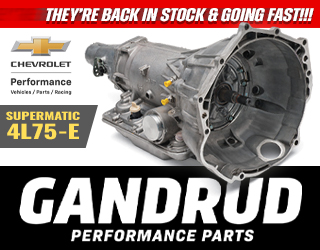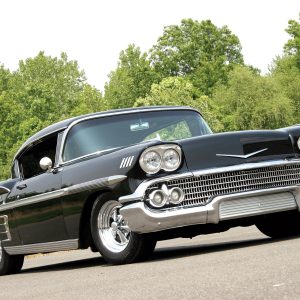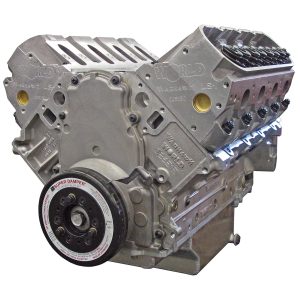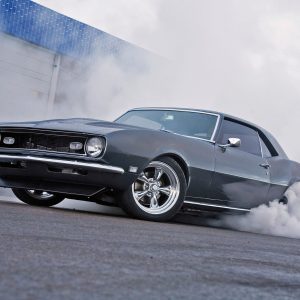corvette
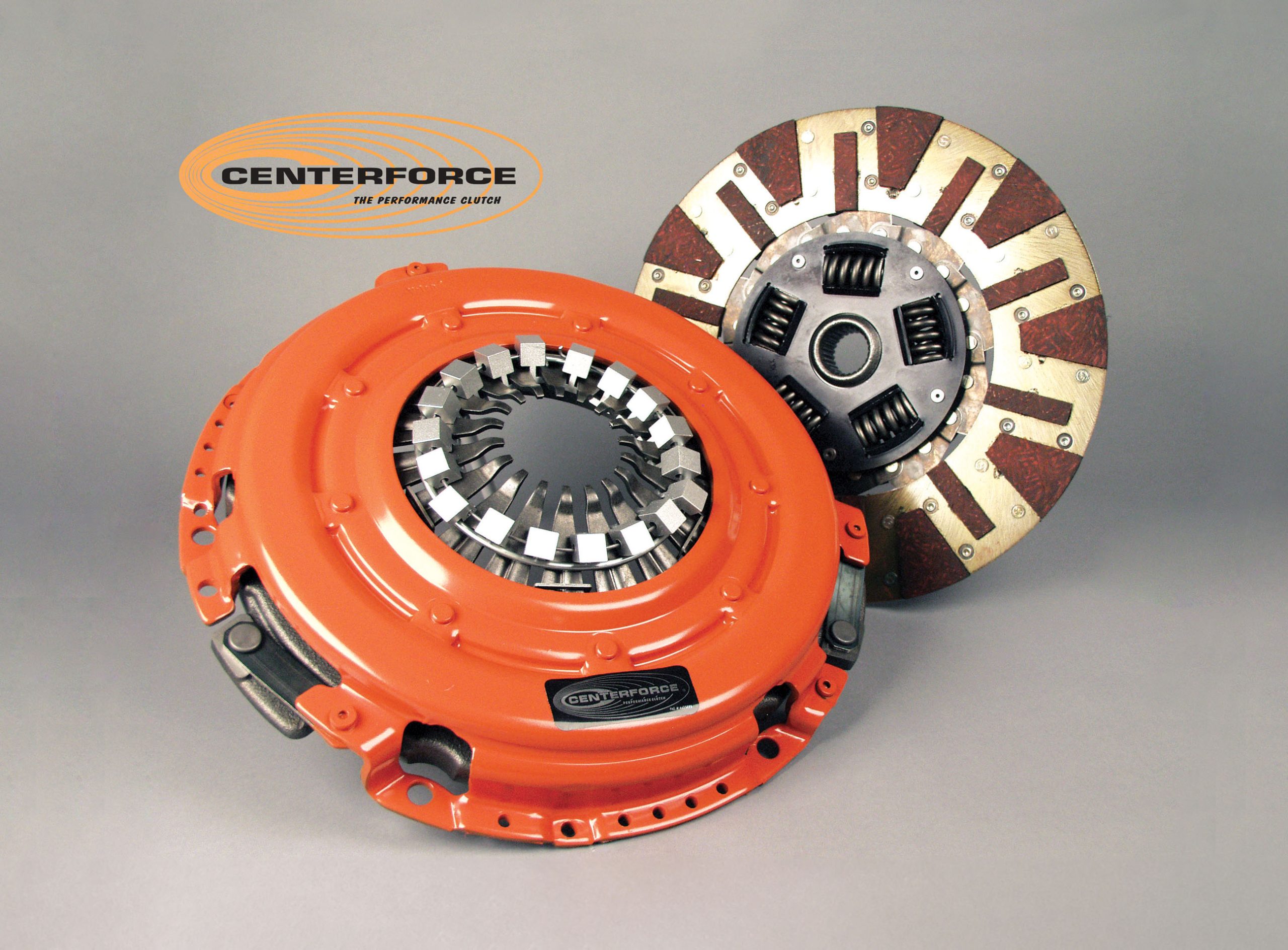
When it comes to enhancing the performance and reliability of performance cars, it seems as if enough is never enough, regardless of the vehicle, drivetrain or chassis. Then again, when you consider the problems that often cripple our cars despite the inherent strengths or improvements upon them, it’s often the driver that has the most detrimental effect on everything above the pavement.
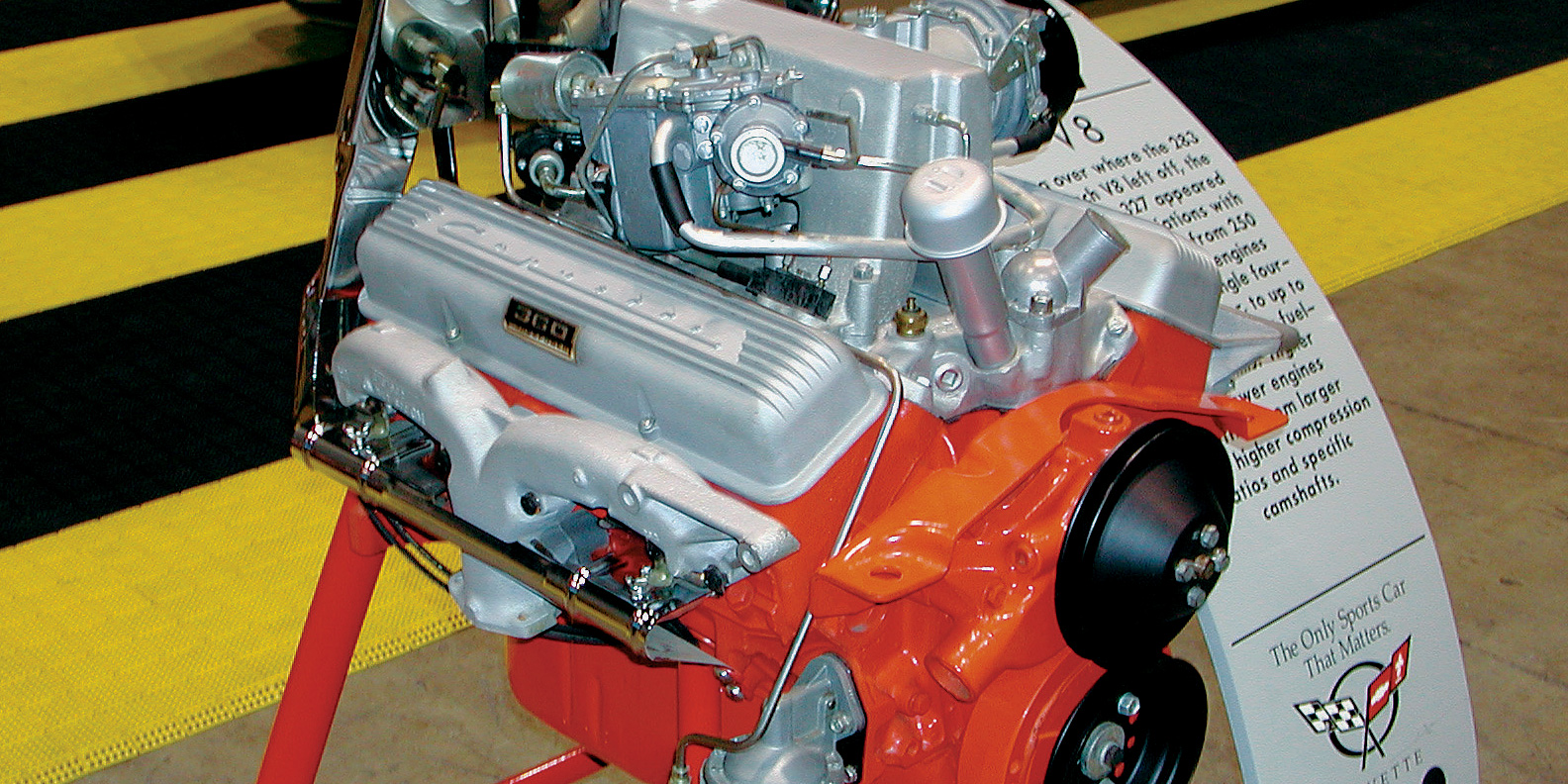
Thirty-five years and $636 ago, we bought an 80,000-mile ’62 fuel-injected Corvette in Fresno, California. Sadly, the car had been stolen once. The fuel injection was gone as well as the T-10 four-speed transmission. A pair of bare 461-X heads was in the trunk. The engine was found to have a rocking rear cam bearing, which caused oil to shut off to the rocker arms at high rpm. At the time, the prognosis was that it could not be fixed, so the motor was replaced with a ’68 350hp 327. Since 1976, the car has been in storage, along with the original engine.
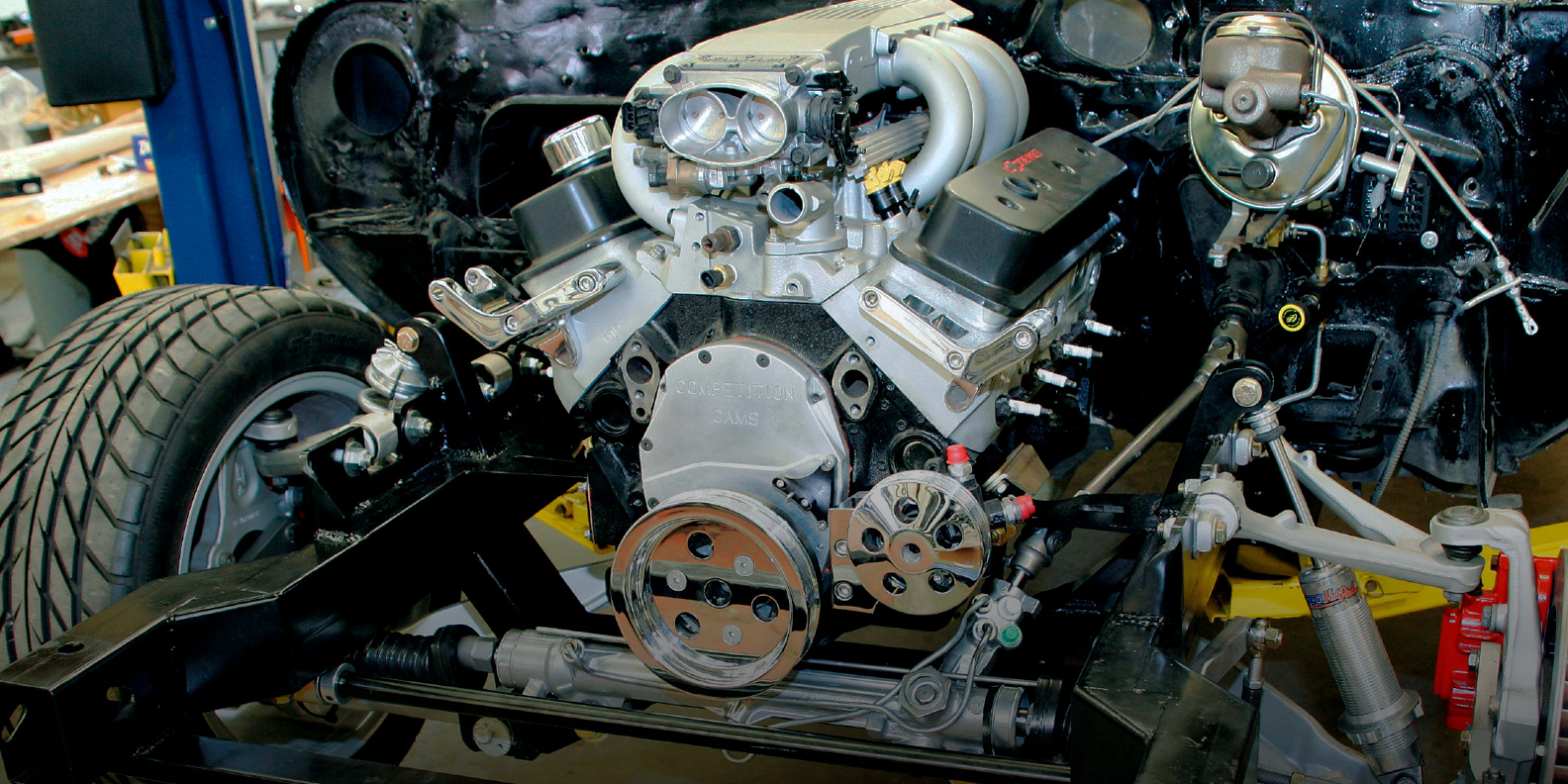
These are great days to be a muscle-car enthusiast. Performance parts are plentiful, new stampings to replace rusted sheetmetal are regularly popping up, and GM’s crate motor program makes it easier than ever to drop in a new power plant that combines incredible power with everyday drivability. Old Camaros or Novas have been passed over because they were saddled with a wimpy six. Now, however, they are the perfect candidates for a heart transplant, namely, in the form of Chevrolet’s marvel of horsepower engineering: the LS1 engine.




